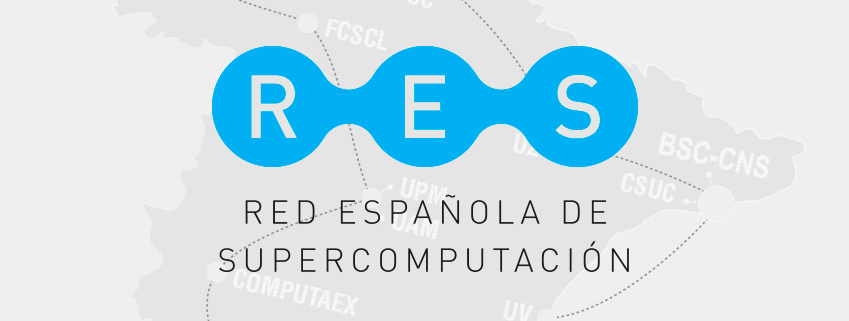
The Spanish Supercomputing Network (RES)consists of a distributed virtual infrastructure of supercomputers located in different sites, each of which contributes to the total processing power available to users of different R&D groups in Spain or based in another country with participation of Spanish researchers.
Summary
All the nodes of RES are accessible for use by Spanish and international scientists via electronic application following a single Access Protocol being evaluated by a single Access Committee.
The allocation of access to RES supercomputer facilities is based on criteria of efficacy, efficiency and transparency, mediated by a double filter system, with potential projects first being evaluated by the ANEP (National Agency of Evaluation and Prospective), followed by an evaluation by the Access Committee, composed of a Core Team and four Expert Panels formed by prestigious scientists external to the BSC-CNS.
The RES is currently composed of the following institutions and its supercomputers:
- MareNostrum and MinoTauro at the Barcelona Supercomputing Center (BSC)
- Magerit at the Supercomputing and Visualisation Center of Madrid (CeSViMa)
- LaPalma at the Canary Islands Astrophysics Institute (IAC)
- Altamira at the Physics Institute of Cantabria (IFCA) of the University of Cantabria (UC)
- Picasso at the University of Malaga (UMA)
- Tirant at the University of Valencia (UV)
- Caesaraugusta in the Institute for Biocomputation and Physics of Complex Systems (BIFI) at the University of Zaragoza (UNIZAR)
- Caléndula at the Fundación del Centro de Supercomputación de Castilla y León (FCSCL)
- Pirineus at the Consorci de Serveis Universitaris de Catalunya (CSUC)
- Lusitania at the CénitS-COMPUTAEX
- FinisTerrae2 at the Fundación Pública Galega Centro Tecnolóxico de Supercomputación de Galicia (CESGA)
- Cibeles at the Universidad Autónoma de Madrid (UAM)
The access to the RES infrastructure in managed in the RES area (www.res.es), also you can find more information in the RES access web page.
Objectives
The Spanish government created the Spanish Supercomputing Network (Red Española de Supercomputación) in July 2006 in response to the need of the Spanish scientific community for intensive calculation resources, with supercomputing infrastructure and services considered to be an indispensable asset for the scientific and technological development of the country.

